
It’s usually so corny and toxic but I love r/soccer. The madden vision cone guy!
01.08.2025 03:04 — 👍 1 🔁 0 💬 0 📌 0@johnrstanford.bsky.social
EIT in transportation, road safety focused

It’s usually so corny and toxic but I love r/soccer. The madden vision cone guy!
01.08.2025 03:04 — 👍 1 🔁 0 💬 0 📌 0Really squeezed em together didn’t they… I like the urban canyon feel a lot more than most but wow…
29.07.2025 01:42 — 👍 0 🔁 0 💬 0 📌 0Truncated domes
27.07.2025 14:58 — 👍 1 🔁 0 💬 0 📌 0Do you think book quote pages like this one are copyright infringement or should be? On 3 of the 4 factors this looks a lot worse than tv trivia www.goodreads.com/work/quotes/...
22.07.2025 03:15 — 👍 0 🔁 0 💬 0 📌 0
Look in the lower left

Canada would do it
15.07.2025 16:08 — 👍 3 🔁 0 💬 1 📌 0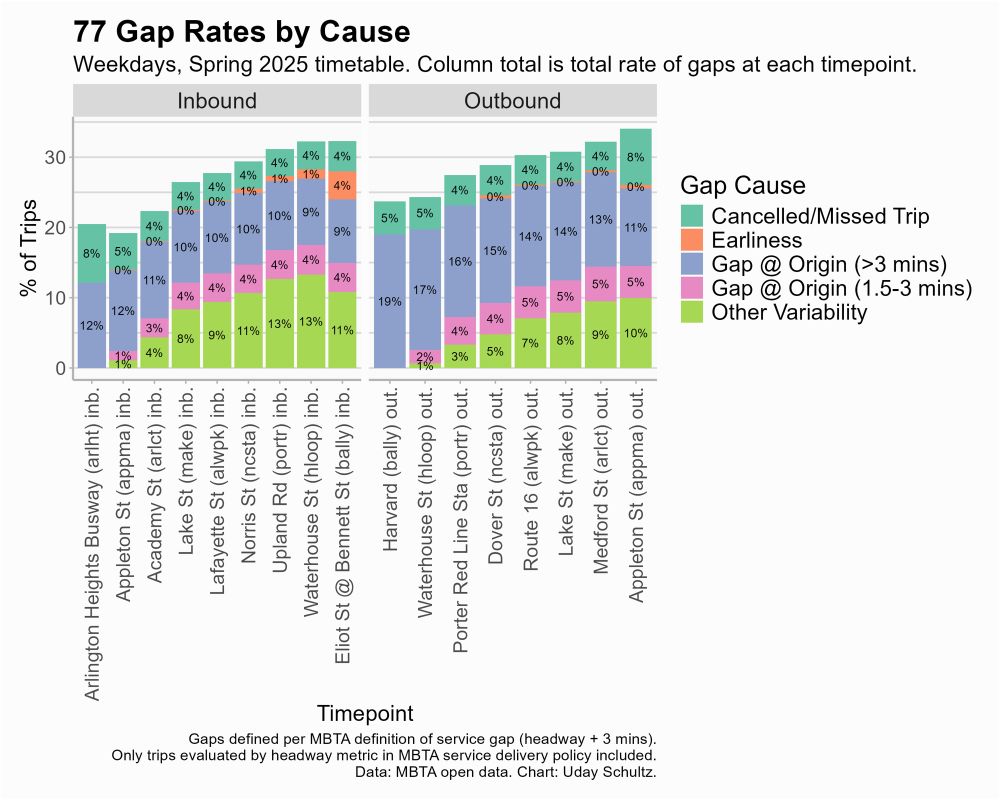
A few months ago, I paid a visit to Boston and spent some quality time with the MBTA’s bus service. After spending a while digging through T’s (excellent) open data, I had some Thoughts to share about the experience—and bus operations in general.
homesignalblog.wordpress.com/2025/06/29/h...
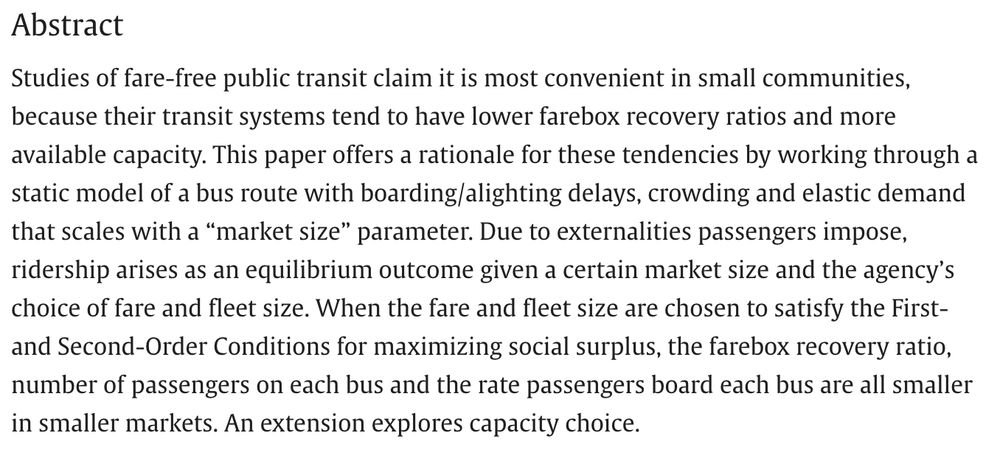
2nd new paper:
"Market size and fare-free public transit in theory" w/ Ayush Pandey at Transportation Research Part B
Most fare-free systems are in small towns. Literature notes this is bc small systems have low farebox recovery and extra capacity. But why?
www.sciencedirect.com/science/arti...
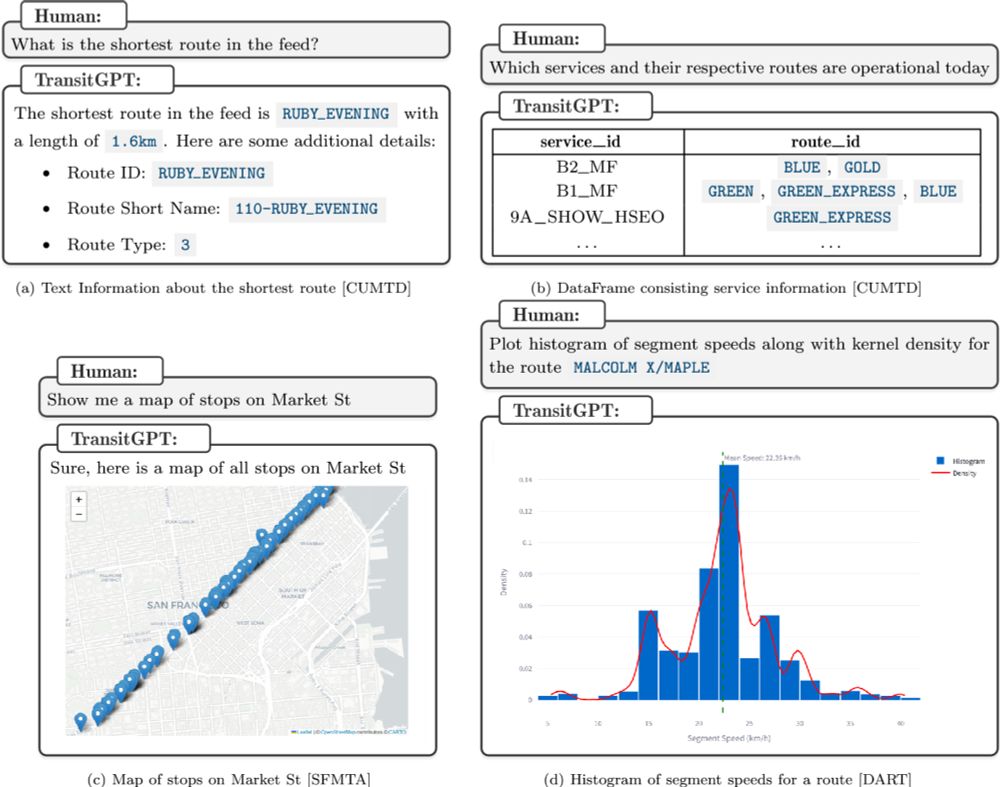
new paper at Public Transport with my recent PhD grad Praneeth Devunuri.
We present a chatbot, TransitGPT, that answers queries about transit systems from GTFS data. The innovation is the architecture, which I expect could be used for more transportation data.
link.springer.com/article/10.1...
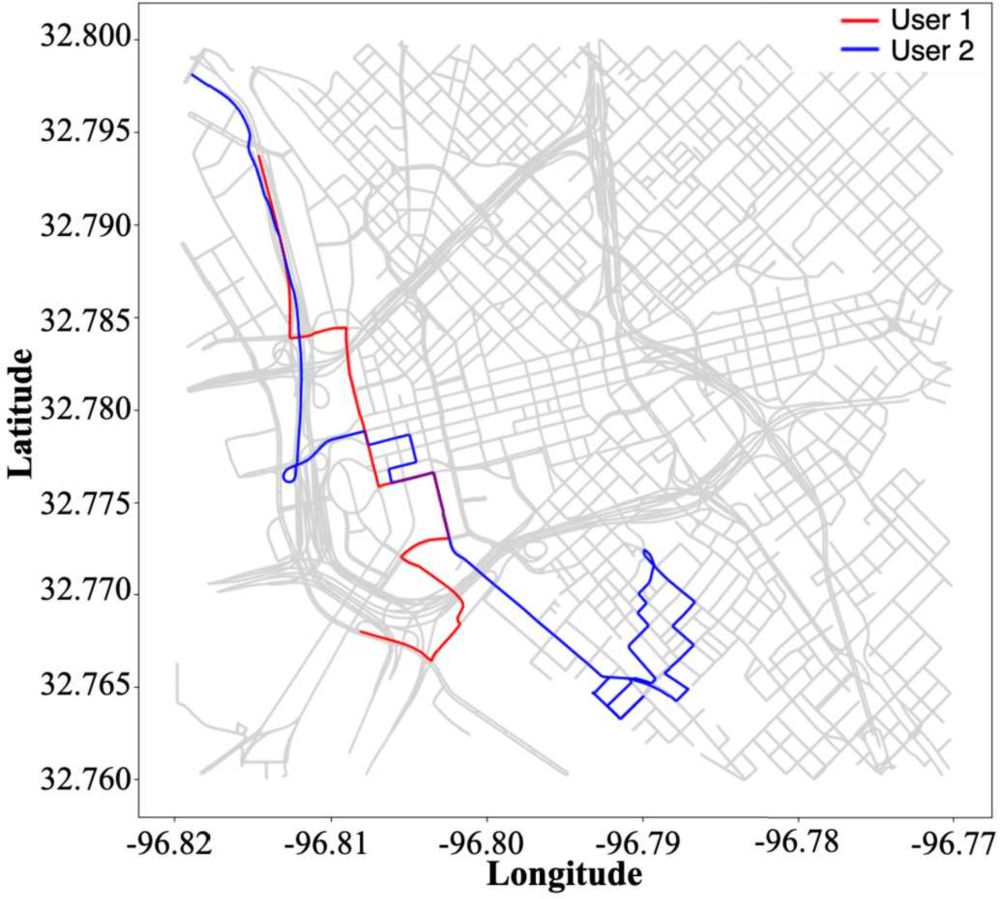
Designing transit routes based on vehicle routing behavior determined through location-based services data epjdatascience.springeropen.com/articles/10....
13.06.2025 08:54 — 👍 5 🔁 6 💬 0 📌 0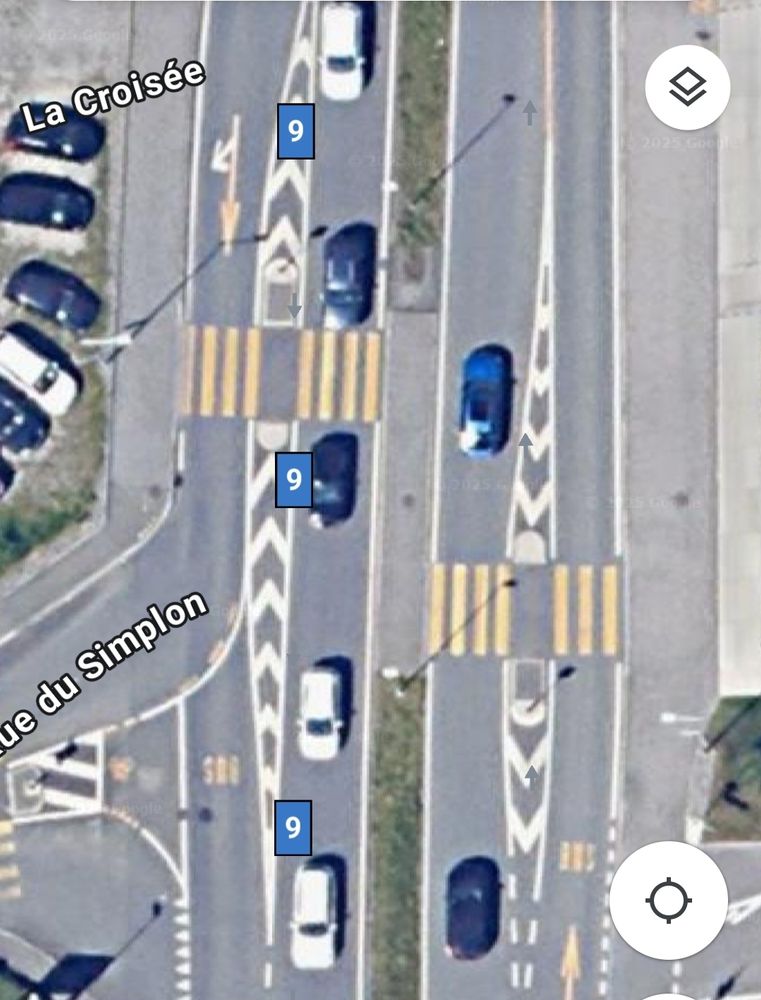
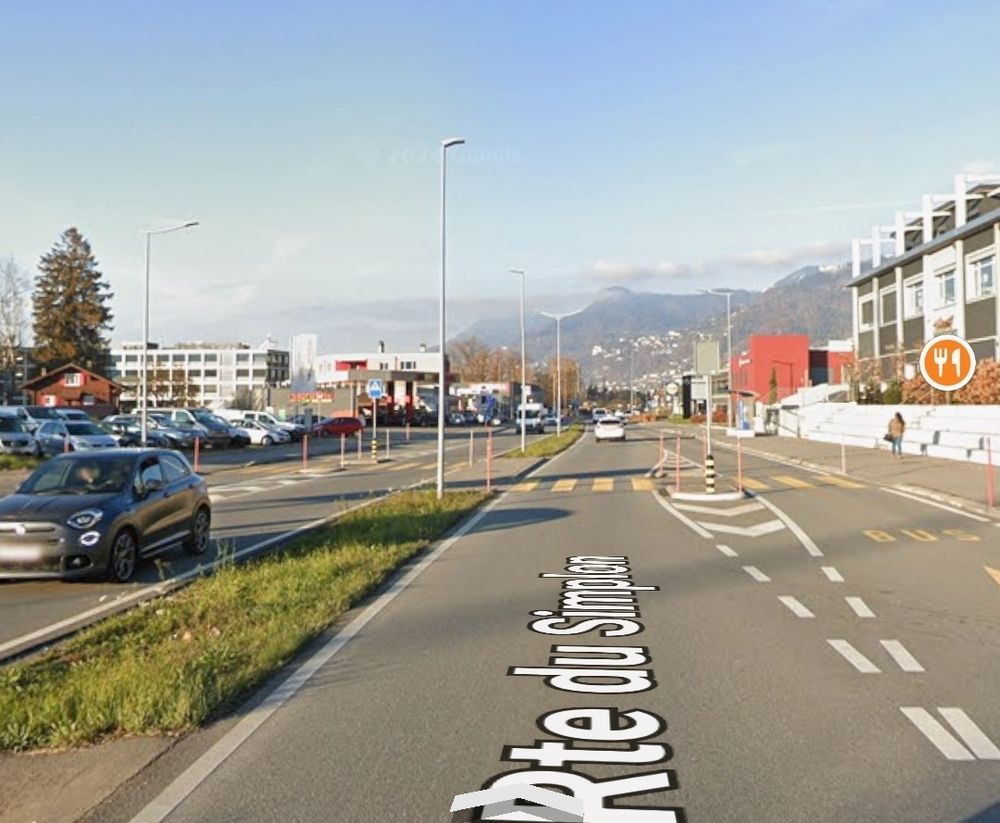
"Marco, you don't understand, we need traffic lights to make pedestrian crossing safe on a 4-lane arterial. There is no other way. "
Meanwhile...

i did another substack post with predictions for the future of transportation
open.substack.com/pub/critical...
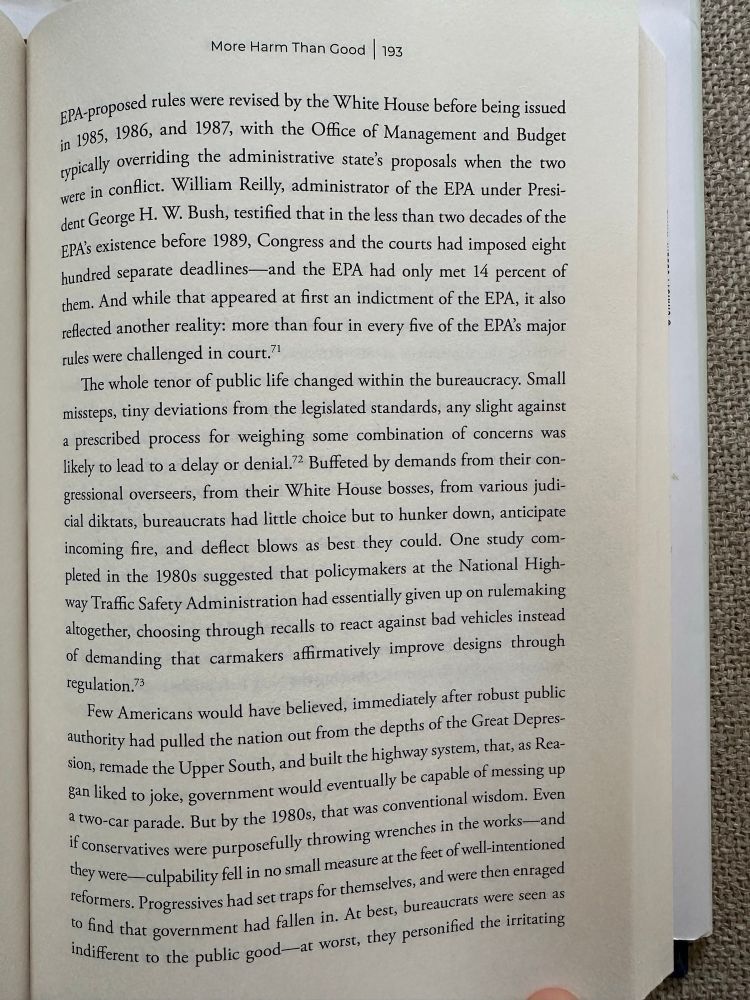
More Harm Than Good 193 EPA-proposed rules were revised by the White House before being issued in 1985, 1986, and 1987, with the Office of Management and Budget cypically overriding the administrative state's proposals when the two were in conflict. William Reilly, administrator of the EPA under President George H. W. Bush, testified that in the less than two decades of the EPA's existence before 1989, Congress and the courts had imposed eight hundred separate deadlines— and the EPA had only met 14 percent of them. And while that appeared at first an indictment of the EPA, it also reflected another reality: more than four in every five of the EPA's major rules were challenged in court." The whole tenor of public life changed within the bureaucracy. Small missteps, tiny deviations from the legislated standards, any slight against a prescribed process for weighing some combination of concerns was likely to lead to a delay or denial? Buffeted by demands from their congressional overseers, from their White House bosses, from various judicial diktats, bureaucrats had little choice but to hunker down, anticipate incoming fire, and deflect blows as best they could. One study completed in the 1980s suggested that policymakers at the National Highway Traffic Safety Administration had essentially given up on rulemaking altogether, choosing through recalls to react against bad vehicles instead of demanding that carmakers affirmatively improve designs through regulation.?3 Few Americans would have believed, immediately after robust public authority had pulled the nation out from the depths of the Great Depres-sion, remade the Upper South, and built the highway system, that, as Reagan liked to joke, government would eventually be capable of messing up a two-car parade. But by the 1980s, that was conventional wisdom. Even if conservatives were purposefully throwing wrenches in the works—-and they were-culpability fell in no small measure at the feet of well-intentioned reformers.…
1980s study found “policymakers at the National Highway Traffic Safety Admin had essentially given up on rulemaking altogether [due to litigation threats], choosing through recalls to react against bad vehicles instead of demanding that carmakers affirmatively improve designs through regulation.”
08.05.2025 17:58 — 👍 17 🔁 3 💬 1 📌 0
There’s a section on how for years the ICC stopped the Southern Railway from lowering the cost of transporting grains through use of the “Big John” grain hopper. Instead of excerpting it, I’ll excerpt from this LinkedIn post (??), which I think gets into it better www.linkedin.com/pulse/big-jo...
08.05.2025 17:05 — 👍 5 🔁 1 💬 1 📌 0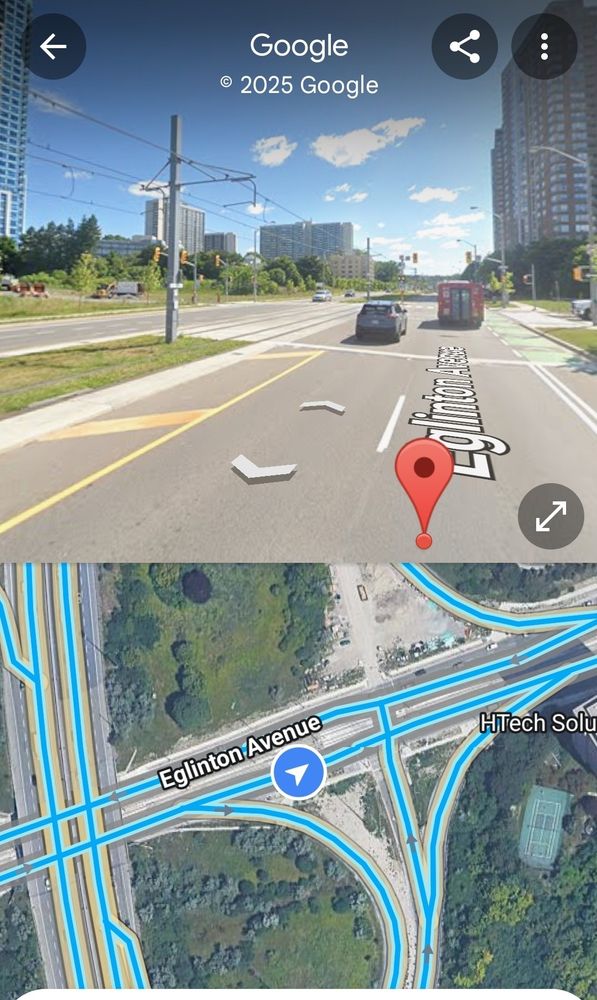
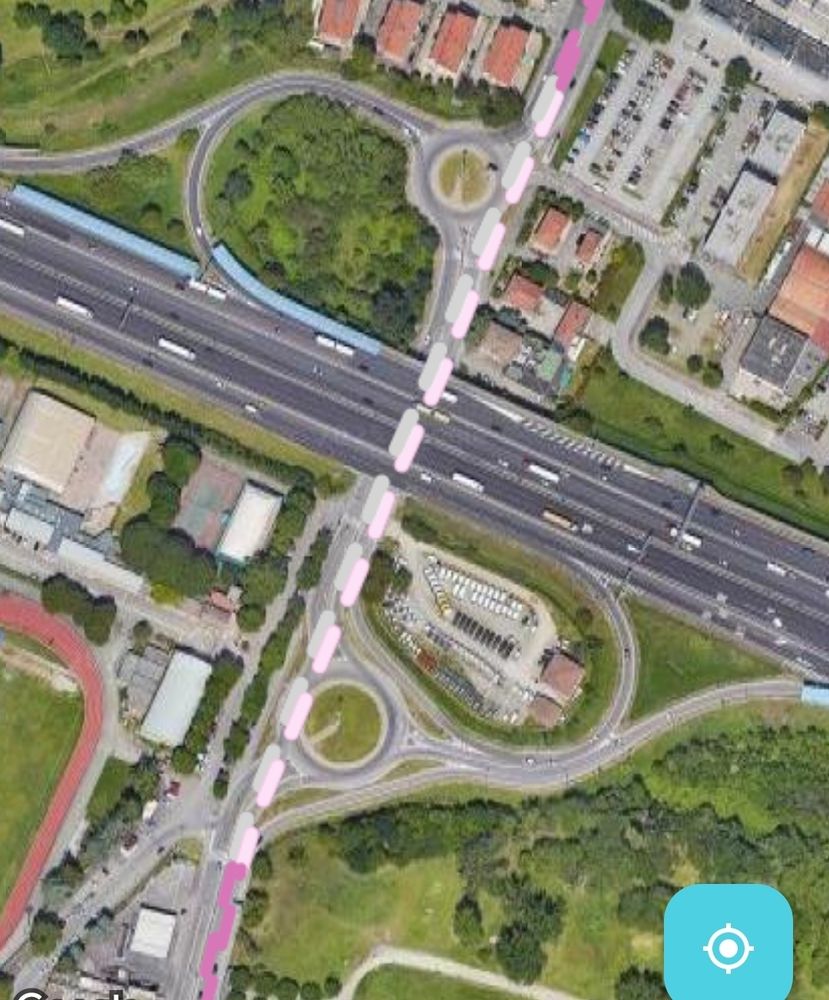
Toronto: building a mostly grade-separated tramway but going at grade at an off-ramp junction, notoriously a tricky place to enforce absolute TSP.
Bologna: building a totally at-grade tramway but grade-separating it only at an off-ramp junction because absolute TSP would be impossible.
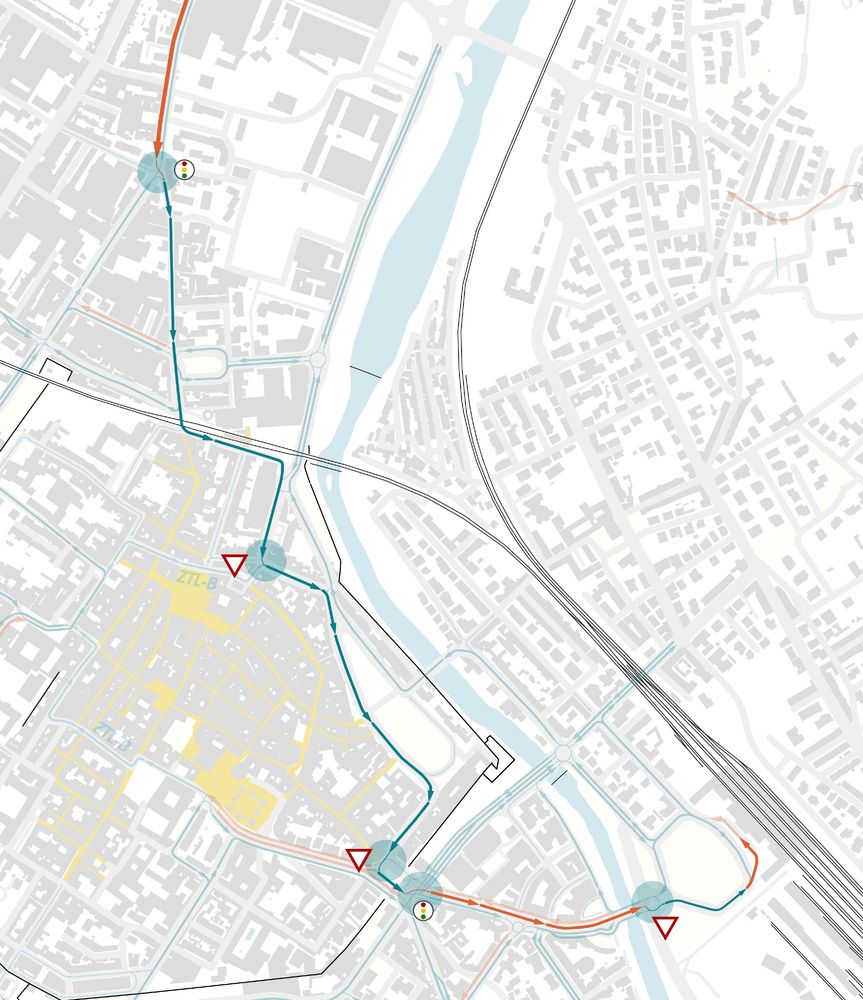
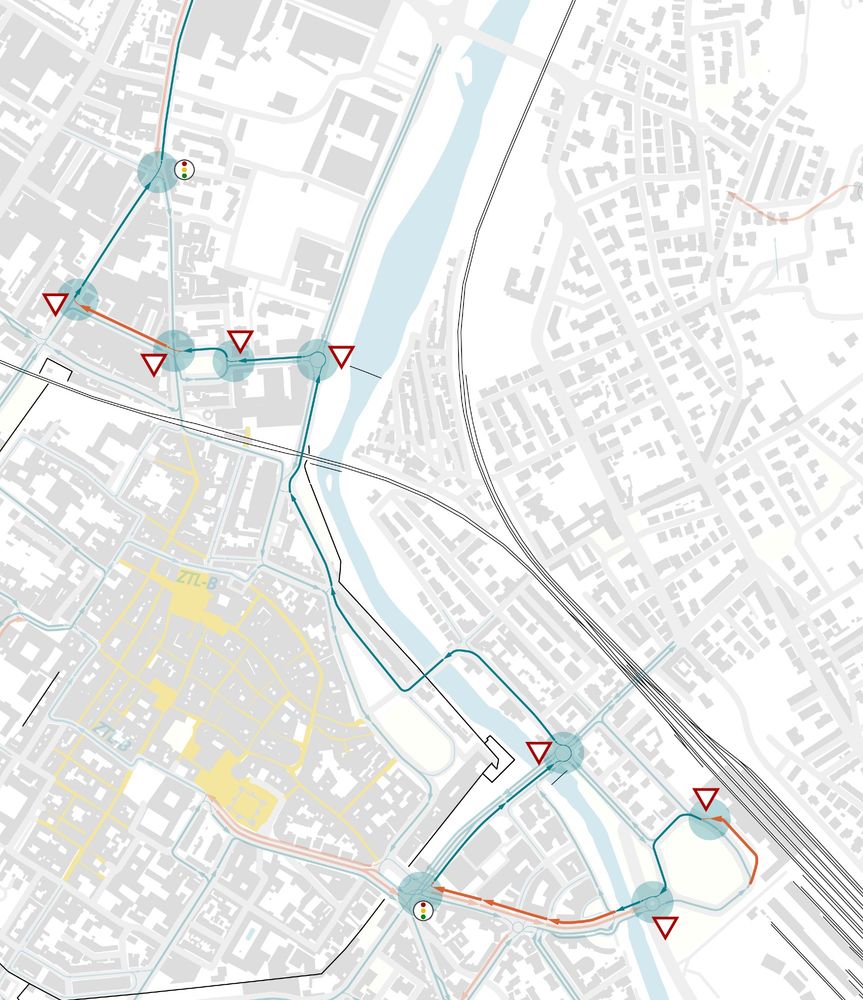
The bus of line 2+, which uses this itinerary, will encounter only 2 traffic lights and 3 yields SB and 2 traffic lights and 6 yields (of which 3 entering roundabouts) NB along a 3 km very urban section of its route.
These numbers would be higher assuming the typical NA traffic management paradigm
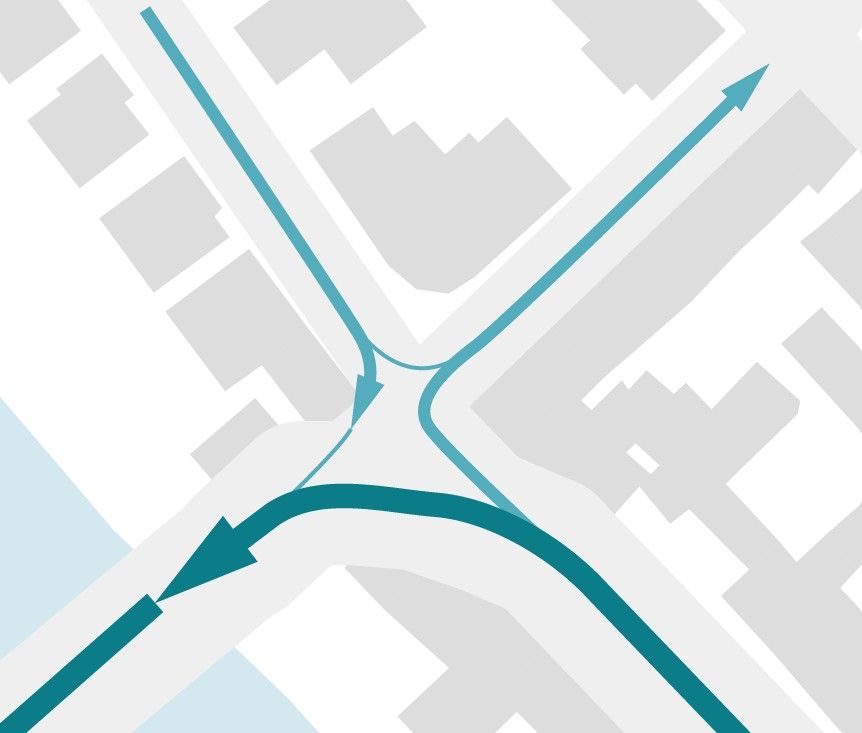
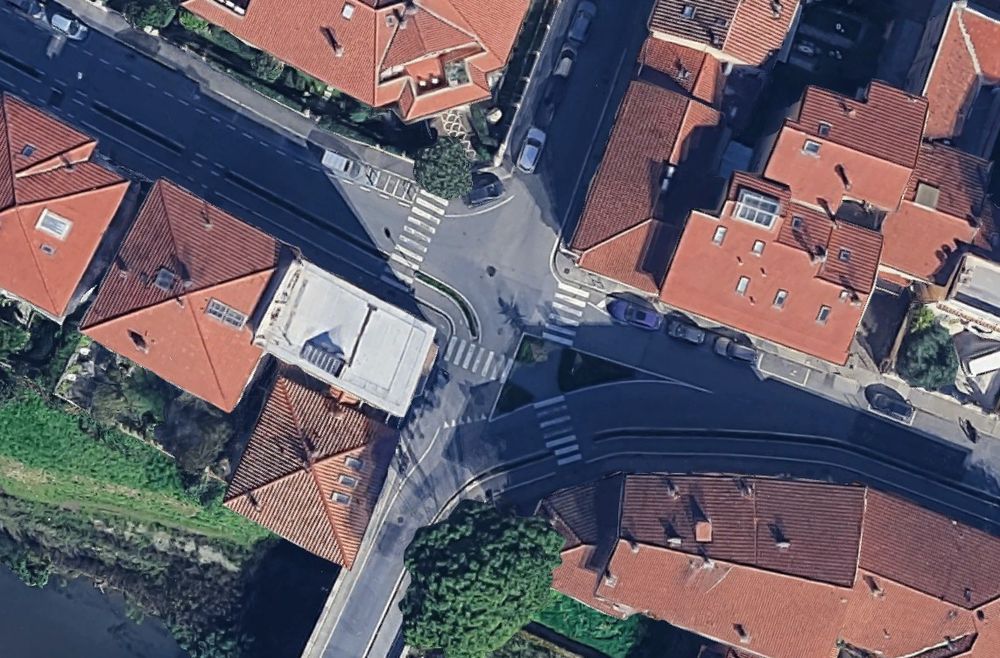


I'm still into my rabbit hole of circulation plans and I want to share one among dozens of example of how the hierarchization of traffic flows around "priority itineraries" helps getting rid of traffic lights and simplify intersection management.
01.05.2025 18:44 — 👍 27 🔁 3 💬 2 📌 0